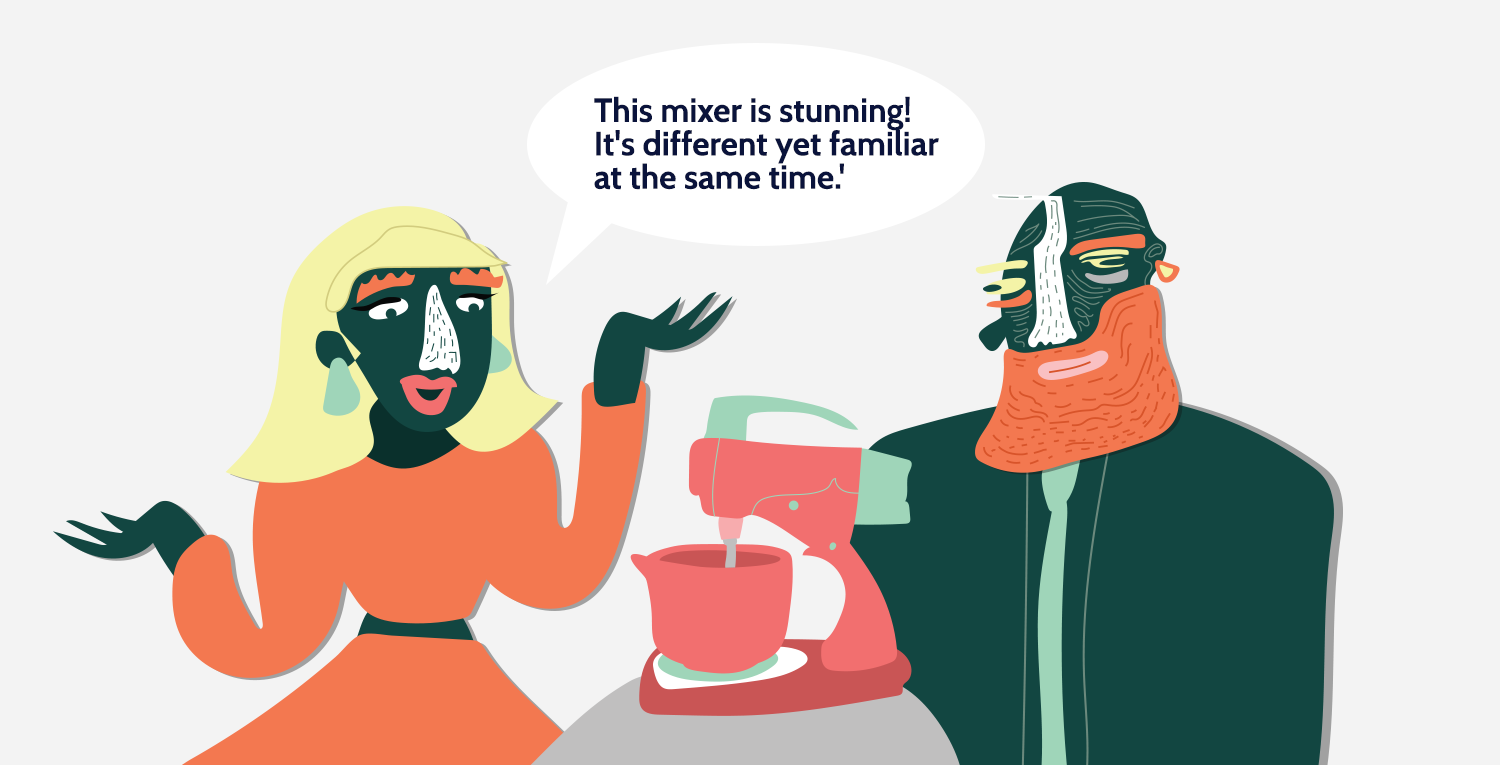What makes something desirable?
Is there a way of designing something to guarantee it will be more desirable?
This was a question that preoccupied the mind of Raymond Loewy.
Born in France in 1893, he was drawn to the way things look from a young age. You may not know him, but you’ll certainly know of his work, he’s probably most famous for designing the classic Coca-Cola bottle!
His first experience of design was creating model aircraft, which led to an obsession with what made some objects attractive, but not others.
After the end of the First World War, the Frenchman emigrated to New York.
There, he found work as a window designer for department stores as well as providing illustrations for fashion magazines like Vogue and Harper’s Bizarre.
What fascinated him about America was that so many of the goods for sale where so bland to look at.
He couldn’t understand why a refrigerator couldn’t be more than just a boring, white box.
Through commissions from companies like Westinghouse and Sears-Roebuck, Loewy became a pioneer in what is known today as ‘industrial design’: the process of designing mass produced products.
What made Loewy so successful was his uncanny ability to make everyday objects highly desirable.
He knew instinctively that we like things to be both familiar and surprising at the same time.
We don’t want the future delivered to us in one big hit. We want it given to us in manageable chunks.
Loewy said:
"The adult public's taste is not necessarily ready to accept the logical solutions to their requirements if the solution implies too vast a departure from what they have been conditioned into accepting as the norm."
Loewy called his approach the ‘MAYA’ principle which stands for ‘Most Advanced Yet Acceptable.’
Suddenly, people could be persuaded to buy the same things again and again by making simple tweaks to each new version. You see this on products all the time (think iPhones, washing machines, cars etc).
His design philosophy played a significant role in accelerating the growth of mass consumerism in America
You will almost certainly know some of the things he designed. The Lucky Strike cigarette pack, the Greyhound bus, the Shell, BP and Exxon logos, and even the Air Force One livery!
If you enjoyed this story then you why not try one of our online courses?
With a wide-range of topics taught by experts who do the job day-in day-out there’s a wealth of valuable and practical knowledge awaiting you.
Head to 42courses.com to check out what’s on offer.






